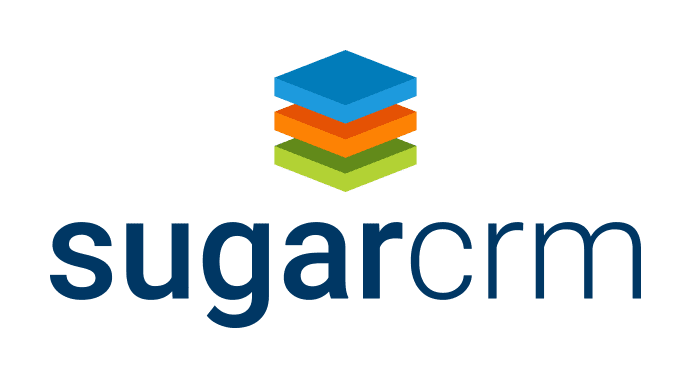Inventory and manufacturing supply chain add-ons for Sage 500 ERP
A suite of more than a dozen add-ons and hundreds of features to extend inventory and manufacturing within Sage 500 ERP. These include Enhanced MRP, Sales Forecasting, Engineering Change Orders, Quality Management, Cost Modeling, Sub Work Orders, Enhanced Inventory (and Lots), Work Order Splitting, Enhanced Labor Entry, Batch Process Production Entry, Enhanced Costing, Work Order Allocations, Routing Step Copy, and more.
Extend Sage 500 ERP with 16 add-ons to improve the way you manage inventory, engineering, costing, and production planning. Each module includes dozens of features designed for use in real world Sage 500 ERP distribution and manufacturing environments.
Streamline standard cost updates across warehouses, forecast product demand by customer, manage MRP using new exception reports, and establish inventory quality control standards to comply with industry and customer mandates.
Developed in the Sage 500 ERP Application Framework, all Anytime 500 modules have the same look and feel as Sage 500 ERP and work with standard Sage modules including Customizer and integrated solutions such as Inventory Management, Purchase Order, Sales Order, Light Manufacturing, Advanced Manufacturing, Shop Floor Control, and Material Requirements Planning (MRP).
Enhanced MRP/DRP
Schedule MRP to auto-generate; drill-down to view all sources of demand for planned orders; manage material plans using new exception messages to see which orders to move-in, move-out, or cancel; integrate to blanket purchase orders, and access dozens of additional features available only in larger ERP systems.
Sales Forecasting & MPS
Forecast demand by item, warehouse, customer, sales rep, or territory or for groups of similar items by day, week, month, quarter, or year. Smooth demand to different planning buckets for use with Sage 500 ERP MRP or for distribution requirements planning (DRP).
Cost Modeling
Manage changes to standard costs for inventory items and work center rates for manufactured items. View current, future, and past standard costs and process changes to cost tiers and new manufacturing costs with a few mouse clicks.
Quality Management
Establish quality procedures for any inventory or manufacturing transaction in Sage 500 ERP by inventory item and even by vendor. Analyze quality results and use quality information for lot and serial attributes.
Enhanced Inventory
Print lot, pallet, receipt, and inventory tags; automatically assign lot numbers for manufactured finished goods.
Kanban Replenishment
Identify which items to replenish via Kanban or MRP. Calculate ideal Kanban bin sizes and scan Kanban cards to generate bin replenishment requests tied to Sage 500 Purchase Orders.
Document Control
Link any file to Sage 500 ERP inventory and routing records with check-in and check-out capabilities.
Forecast Modeling
Leverage statistical forecasting algorithms to automatically calculate demand based on sales history using the most
appropriate forecasting model – Box-Jenkins, Exponential Smoothing, Croston’s Intermittent Method, and more. Use other items’ demand history to forecast new items or base forecasts on demand templates.
Engineering Change Orders
Track engineering changes for manufacturing routings, inventory revisions, and quality control standards. Integrates with Sage 500 MRP or Enhanced MRP so you are always planning work orders and purchase orders using the approved revision current and future material plans.
Batch Process Production Entry
Similar to Sage 500 Production Entry – enter multiple material issues or labor entries at one time but against a selected work order. Default quantities, preferred bins, and more details for faster material and labor entry.
Enhanced Labor Entry
Enter labor in a grid after the fact and leverage labor rules to validate labor entries against routing standards.
Enhanced Costing
A complete suite of manufacturing costing enhancements allows you to automatically create new manufacturing WIP batches, track costs by manufacturing department in the general ledger, leverage crew rates in standard cost calculations, override standard costs by routing, and more.
Sub Work Orders
Automatically generate subassembly work orders when the parent work order is created. Includes a new work order numbering scheme to show related sub work orders.
Work Order Splitting
Split costs and quantities from one work order to a new work order at a defined routing step. Useful for rework.
Work Order Allocations
Identify inventory shortages for required work orders. Release work orders based on your current, on-hand inventory quantities. Includes a soft allocation of inventory against work orders.

